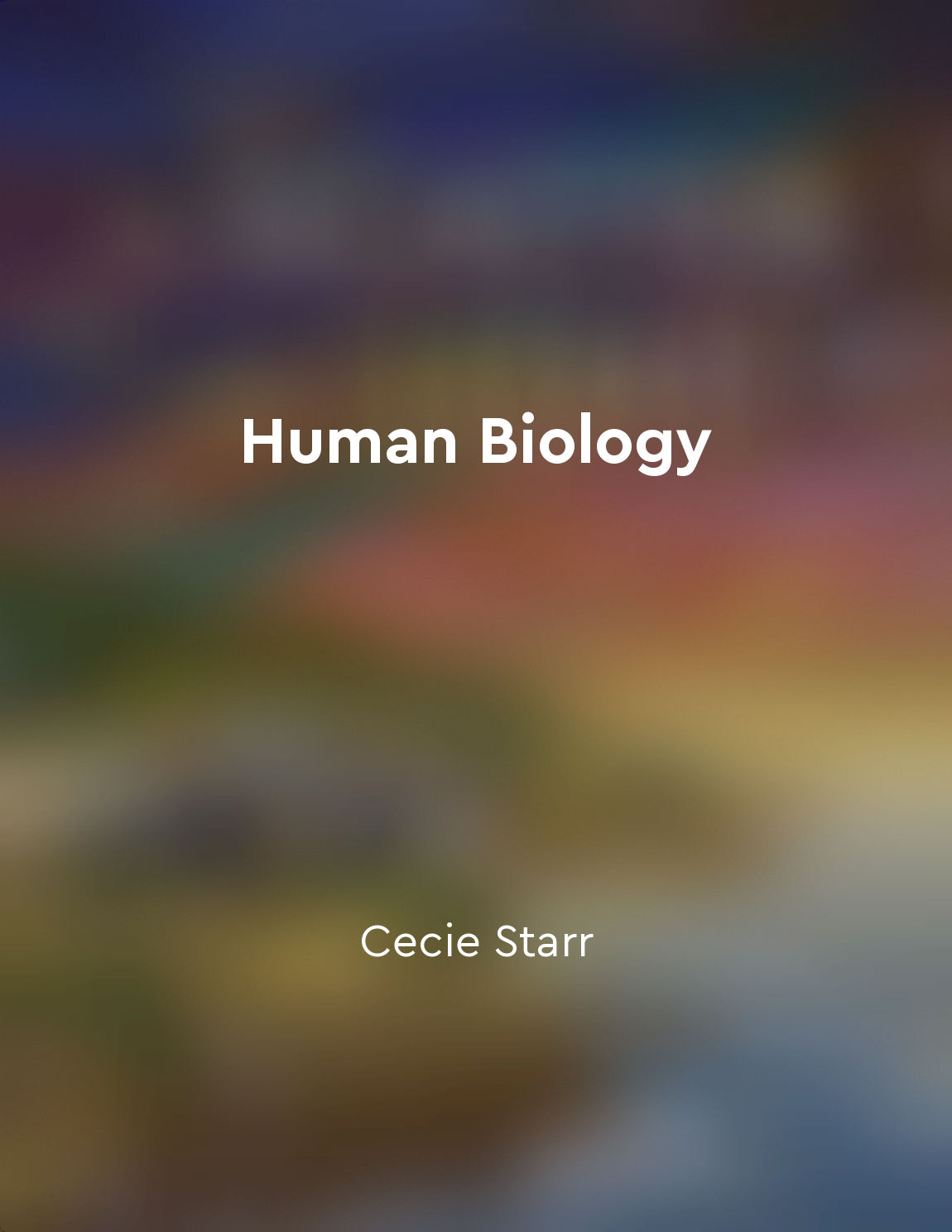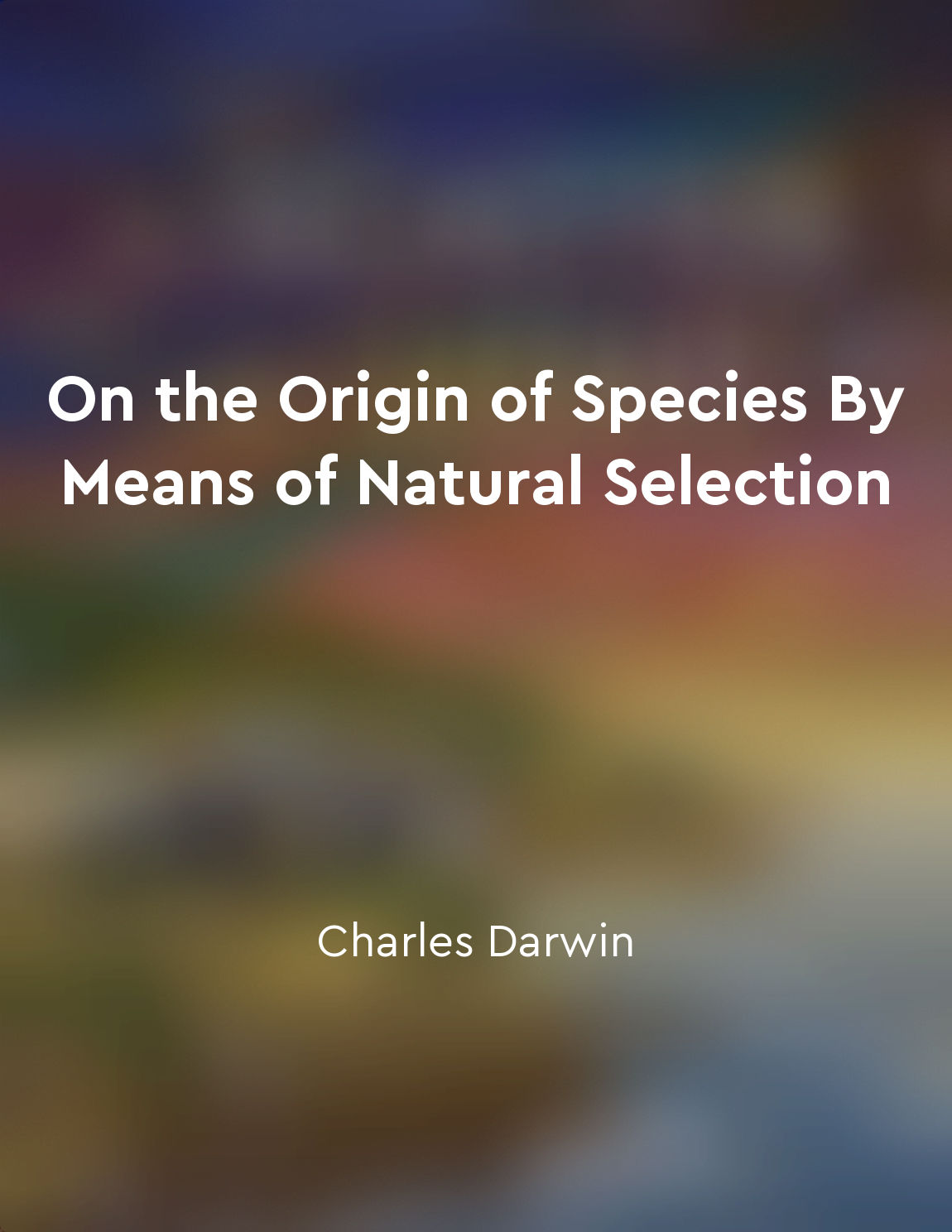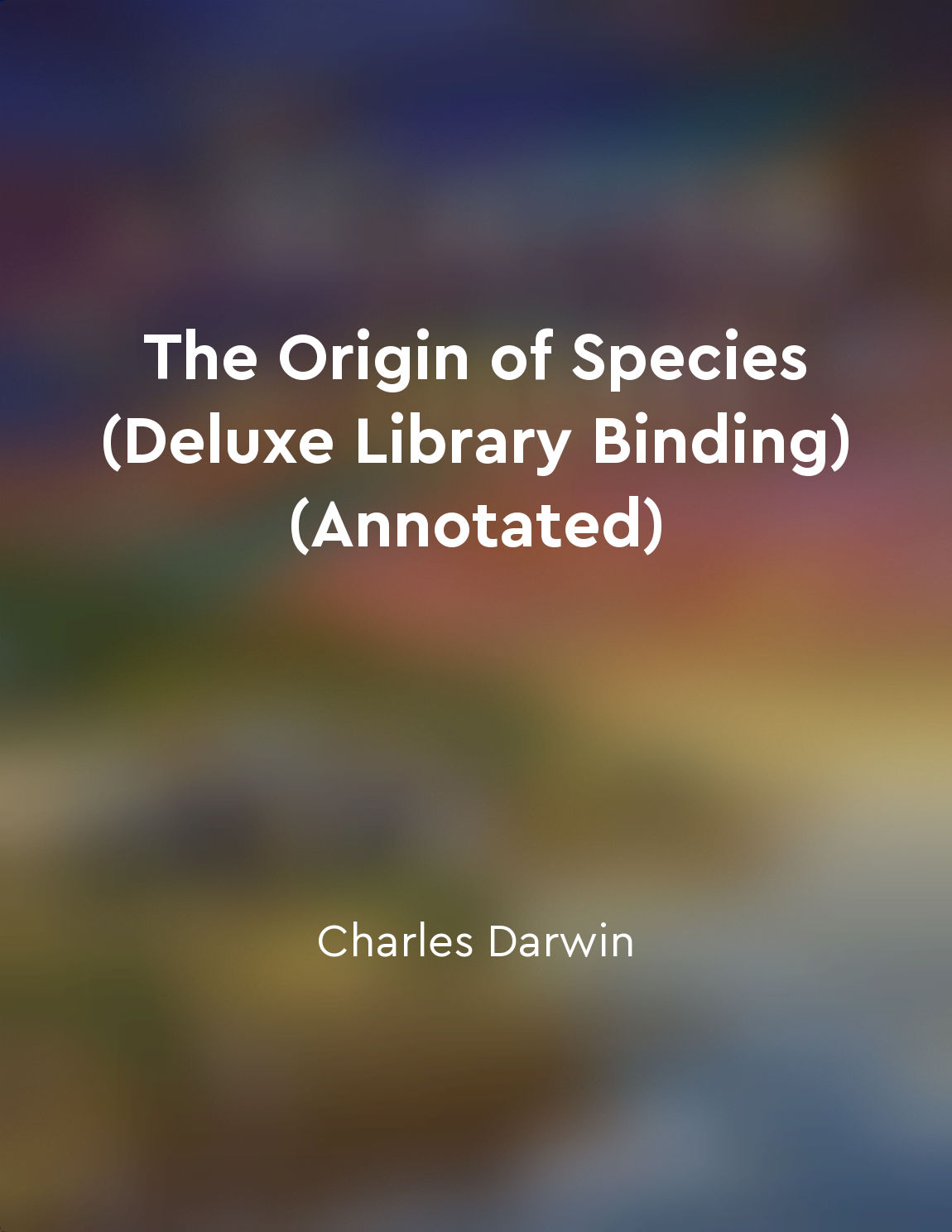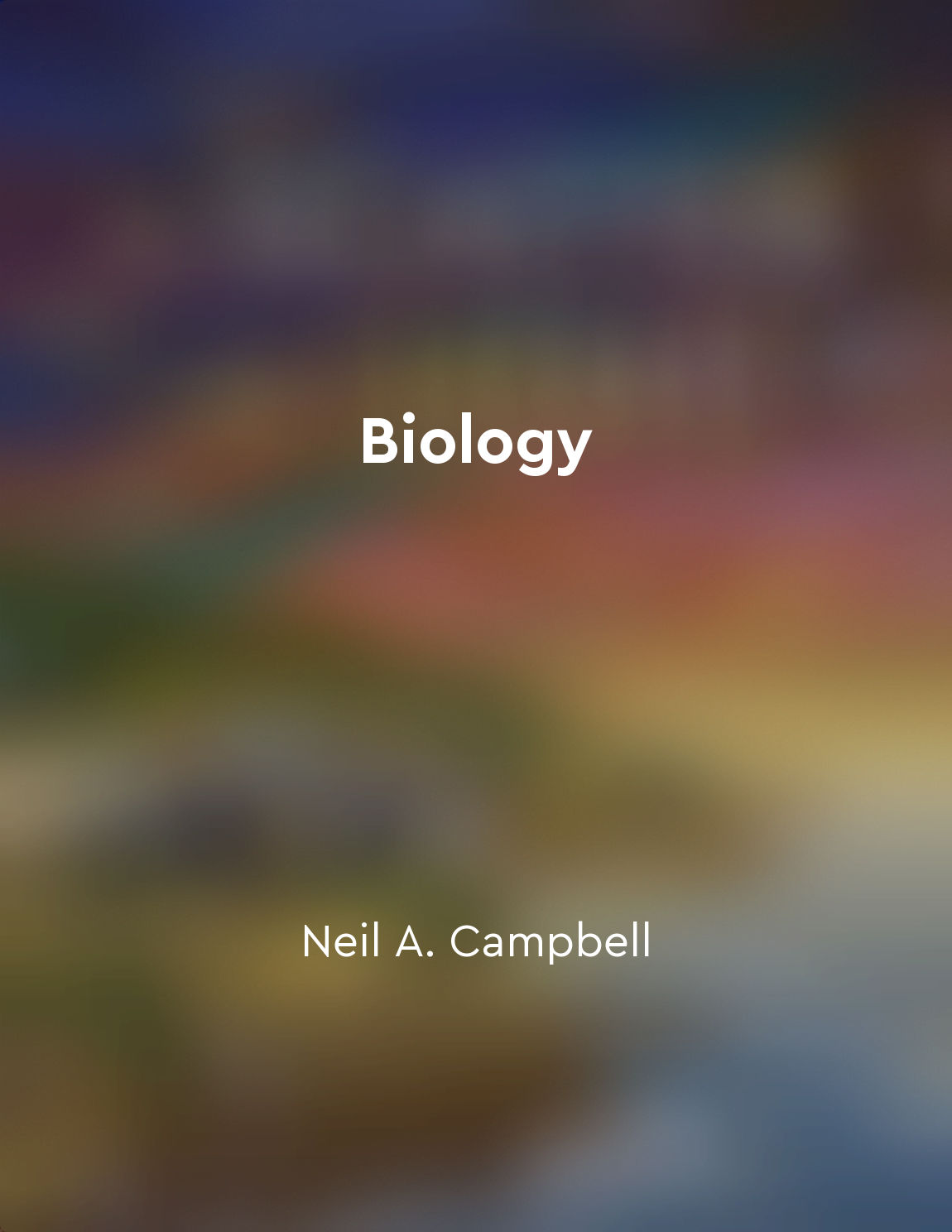Evolutionary history of life from "summary" of Biology by Neil A. Campbell
The evolutionary history of life on Earth is a fascinating journey that spans over billions of years. It is a story of how life has evolved and diversified from simple single-celled organisms to the complex array of species that we see today. This history is intricately woven into the fabric of our planet, shaped by a myriad of factors such as natural selection, genetic drift, and environmental changes. The concept of evolutionary history of life is central to our understanding of biology. It provides us with insights into how organisms have adapted to their environments and how they are related to one another through common ancestry. By studying the evolutionary history of life, we can uncover the patterns and processes that have led to the incredible diversity of life forms that exist on Earth. One of the key ideas in the evolutionary history of life is the concept of descent with modification. This theory, proposed by Charles Darwin, suggests that all organisms are related through common ancestry and that they have evolved over time through the process of natural selection. This means that organisms that are better adapted to their environments are more likely to survive and reproduce, passing on their advantageous traits to future generations. Another important aspect of the evolutionary history of life is the concept of speciation. Speciation is the process by which new species arise from a common ancestor. This can occur through a variety of mechanisms, such as geographic isolation, genetic drift, or natural selection. By studying the patterns of speciation, scientists can gain insights into how new species form and how they are related to one another.- The evolutionary history of life is a complex and dynamic story that continues to unfold as scientists make new discoveries and uncover new evidence. By studying this history, we can gain a deeper appreciation for the interconnectedness of all living organisms and the incredible diversity of life forms that exist on our planet.
Similar Posts

Learn from mistakes
Mistakes are an inevitable part of life. We all make them, whether we like it or not. However, what sets successful individuals...
Genetic counseling helps individuals understand their genetic risks
Genetic counseling is a process that involves providing information and support to individuals who may be at risk of genetic di...
Constraints and biases impact evolutionary patterns
Evolutionary patterns are not solely determined by random variations and natural selection. Constraints and biases also play a ...

Childbirth is a unique experience for each individual
The process of childbirth is a highly individual experience, varying greatly from one person to another. This uniqueness is inf...

Competition for resources
In the struggle for existence, resources are limited, and organisms must compete for these resources in order to survive and re...
Species evolve in response to environmental pressures
The central tenet of evolutionary theory holds that species change over time in response to environmental pressures. This conce...
Ecosystems are complex networks of interactions between living organisms and their environment
Ecosystems are intricate systems where living organisms and their environment interact in a multitude of ways. These interactio...

Adaptations reflect the functional fit between organisms and their environments
The relationship between organisms and their environments is a key aspect of the study of adaptation. It is through this relati...

Beneficial traits are passed on to offspring
The process of evolution revolves around the transmission of traits from one generation to the next. This passing on of charact...


